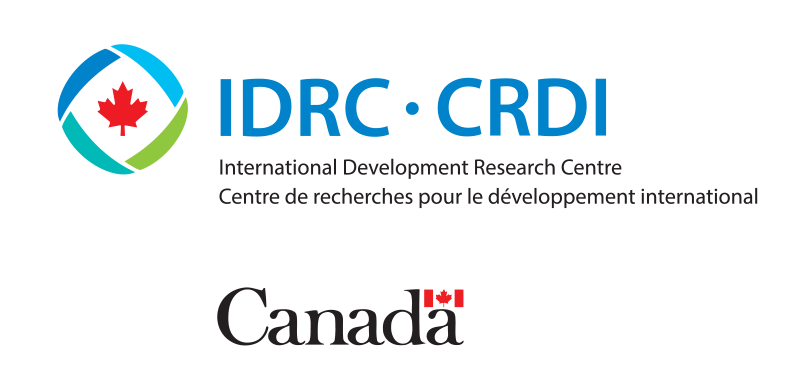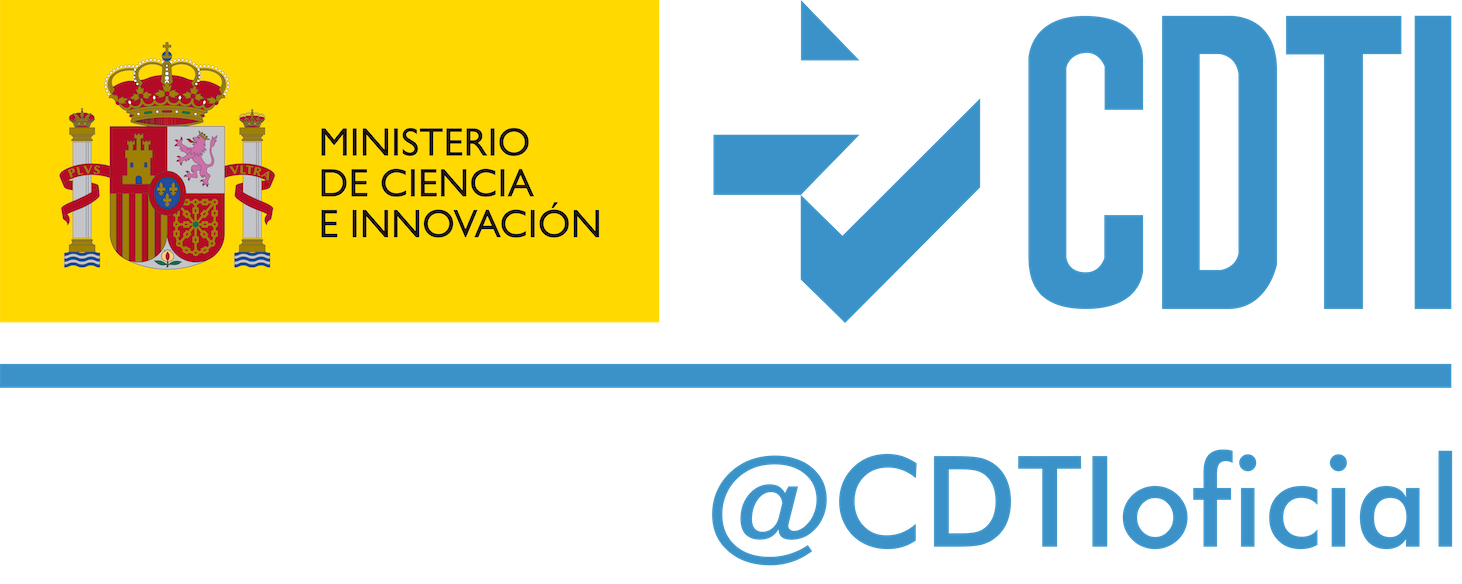- 16 octobre 2024
Recherche de stagiaires: en archivage, en assistanat de direction et en informatique

Financer des programmes nationaux de recherche ainsi que des projets de recherche scientifique …

Contribuer à la valorisation scientifique, économique et sociale des résultats de recherche.

Apporter des appuis aux structures de recherche en matière de réhabilitation des stations …
Le Fonds pour la Science, la Technologie et l’Innovation (FONSTI) a été créé par ordonnance N° 2018-593 du 27 Juin 2018.
Conçu sur le modèle du Fonds National Suisse (FNS), c’est un Fonds de soutien à la recherche, destiné au financement de programmes et projets de recherche scientifique et d’innovation technologique de haute qualité susceptibles d’avoir un impact sur le développement socio-économique et culturel de la Côte d’Ivoire.

Lorem ipsum dolor sit amet, consetetur sadipscing elitr, sed diam nonumy eirmod tempor invidunt ut labore et dolore magna aliquyam erat, sed diam voluptua.
Construire un mécanisme de financement pérenne de la recherche et de l’innovation en Côte d’Ivoire
Participer au renforcement des capacités des structures de recherche et d’innovation en Côte d’Ivoire
Contribuer à la valorisation scientifique et économique des résultats de recherche et des projets innovants en Côte d’Ivoire
Assurer l’excellence opérationnelle du FONSTI et encourager la coopération internationale en matière de recherche et d’innovation
Lorem ipsum dolor sit amet, consectetur adipiscing elit. Ut elit tellus, luctus nec ullamcorper mattis, pulvinar dapibus leo.


Lorem ipsum dolor sit amet, consectetur adipiscing elit. Ut elit tellus, luctus nec ullamcorper mattis, pulvinar dapibus leo.










Merci pour tout ce que vous faites pour le développement de la recherche en CI. Bon vent au FONSTI
Témoignages 1
Science - Technologie

Merci et félicitations au FONSTI pour l'excellence de ses actions !
Témoignages 2
Science - Technologie

Merci Docteur SANGARE Yaya pour l'investissement du FONSTI dans le processus de résilience des communautés à travers la promotion de la culture scientifique et technologique en Côte d'Ivoire
Temoignage 3
Science - Technologie












Le Fonds pour la Science, la Technologie et l’Innovation (FONSTI) a été créé par ordonnance N° 2018-593 du 27 Juin 2018.
© 2022 FONSTI – Design by COMFORDEV